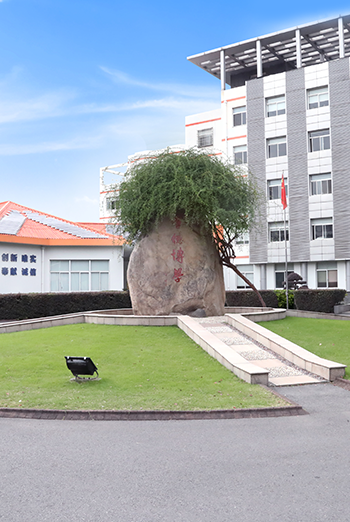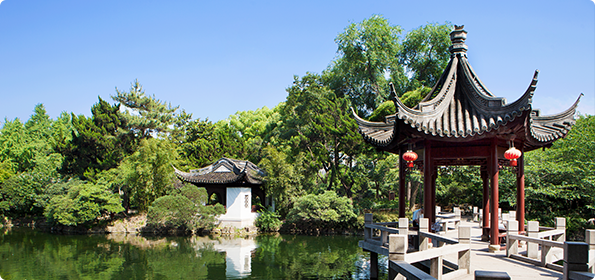Jiading was officially set up in 1217 during the Southern Song Dynasty, dating back over 800 years. As a historically famous cultural city in East China, it is known as "Enlightenment Jiading" for simple folkways, diverse styles of writing, nice scenery, and talented people, leaving numerous scenic spots and cultural relics.
Located in the center of the Yangtze River Delta region, the district now covers a 464-square-kilometer area to the northwest of Shanghai, adjoining Shanghai's Baoshan and Putuo districts on the east, the city of Kunshan, Jiangsu on the west, Shanghai's Minhang, Changning and Qingpu districts on the south, and Taicang, Jiangsu on the north. The Liuhe River borders it to the north and the Wusong River to the south. It has flat terrain that is slightly higher in the northeastern part.
Jiading boasts convenient and interconnected waterways, with Wenzaobang, Lianqi, and Loutang rivers, which flow into the Yangtze and Huangpu rivers, running west to east across the Baoshan district, and Yantietang, Hengli, and Xinchapu rivers running from south to north into the Wusong and Liuhe Rivers. The total length of Jiading's rivers is more than 1,800 km and it has a water surface ratio of 7.71 percent, storing up to 180 million cubic meters.
Jiading has convenient transportation, with the district government a 60-minute drive from the Pudong International Airport and a 20-minute drive from the Hongqiao Airport and Railway Station. Passing through the district are the Shanghai-Nanjing Railway, Shanghai-Hangzhou Outer Ring Railway, Beijing-Shanghai High-Speed Railway, and the Shanghai-Nantong Railway is under construction.
Shanghai Metro's Line 11 and 13, which also pass through Jiading, are open, and work on Line 14 (the Jiading section) and Line Jiading-Minhang have begun. The district also boasts a sound highway system, with the G15 (Shenyang-Haikou Expressway), G2 (Beijing-Shanghai Expressway), S5 (Shanghai-Jiading Expressway), S6 (Shanghai-Nanxiang Expressway), and G1501 (Shanghai Belt Highway) traveling across it.
Plans to develop Jiading into a high-tech satellite city began as early as 1958. Today, after over 50 years of development, the district has become a key supporting area for the Shanghai Technology Innovation Center and a pilot area for emerging industries. It has 11 national scientific research institutes, three research centers affiliated with the Chinese Academy of Sciences, and two scientific industrial bases. It also boasts a talent pool of over 350,000 people, over 50 of which are academicians of the Chinese Academy of Sciences and Chinese Academy of Engineering.


